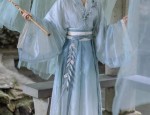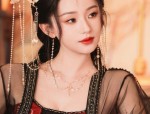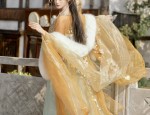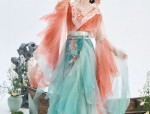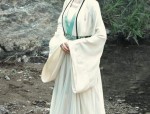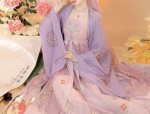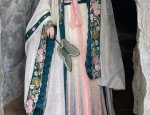The Rise of Qipao:Womens Fashion and Military Politics in the Republic of China
In the era of the Republic of China, the influence of military politics on everyday life was profound and pervasive. This influence was reflected in various aspects of social life, including fashion, and particularly in the case of women's attire. Among the many fascinating styles that emerged during this period, the qipao, a traditional Chinese women's dress, underwent significant transformation and became a symbol of both cultural heritage and political influence.
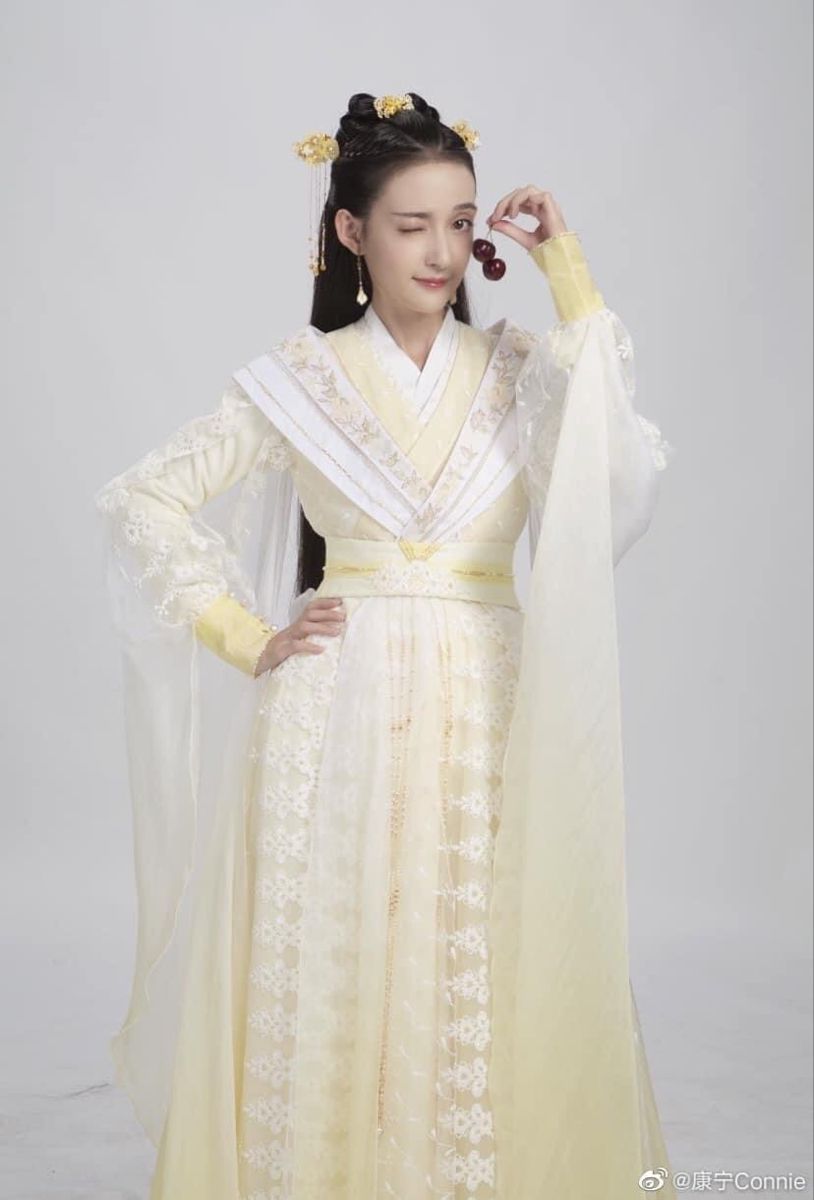
The qipao, originating from the Manchu era, was initially a simple robe worn by women in China. However, during the Republic of China era, it underwent significant changes and became a popular fashion trend. The design of qipao embraced traditional elements with modern influences, making it a unique blend of cultural heritage and contemporary fashion.
The rise of qipao during this period was closely linked to the influence of military politics. As China transitioned from imperial rule to democratic governance, there was a growing emphasis on westernization and modernization. Qipao, which had been worn by women for centuries, underwent significant changes in design and became more tailored and fitted to the body. This transformation was influenced by the influx of western fashion trends and the influence of military uniforms on civilian attire.
During the era of the warlords, who controlled various regions of China through military power, qipao became a symbol of power and status. Women wore qipao as a form of protest against traditional social norms and as a way to assert their individuality and freedom. Qipao's tailored design and its emphasis on body contouring gave women a sense of empowerment, allowing them to express their individuality and freedom through fashion.
The design of qipao also reflected the influence of western culture and fashion trends. Western fashion trends such as tailored jackets and dresses influenced the design of qipao, making it more fitted and stylish. At the same time, traditional Chinese elements such as embroidery and patterns were incorporated into the design, giving qipao a unique blend of cultural heritage and modern fashion.
The rise of qipao also reflected the changing social attitudes towards women. As women's role in society gradually changed from being confined to the home to participating in public life, their attire also underwent significant changes. Qipao provided women with a comfortable and practical dress option that allowed them to participate in public life without sacrificing their traditional values or cultural heritage.
In conclusion, the rise of qipao in the era of the Republic of China was closely linked to military politics and westernization trends. Qipao's transformation from a traditional robe to a popular fashion trend reflected the changing social attitudes towards women and their role in society. The influence of military uniforms on civilian attire influenced the design of qipao, making it more tailored and fitted to the body. At the same time, traditional Chinese elements were incorporated into its design, giving it a unique blend of cultural heritage and modern fashion. Qipao became a symbol of power and status for women, allowing them to express their individuality and freedom through fashion. Its popularity today is testament to its enduring appeal as a symbol of Chinese culture and fashion.

 Previous Post
Previous Post

